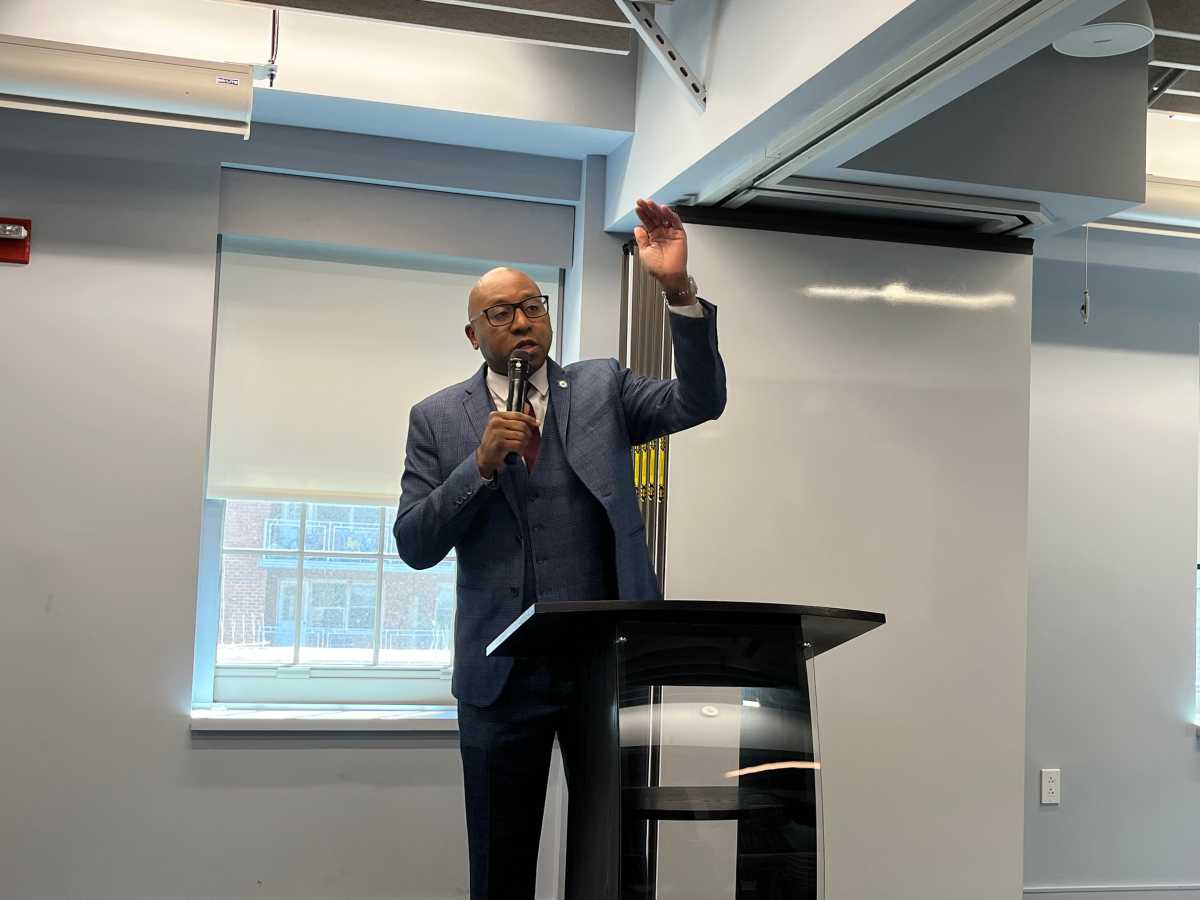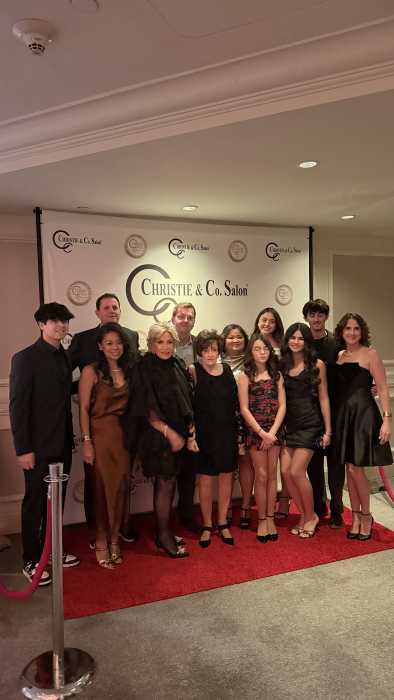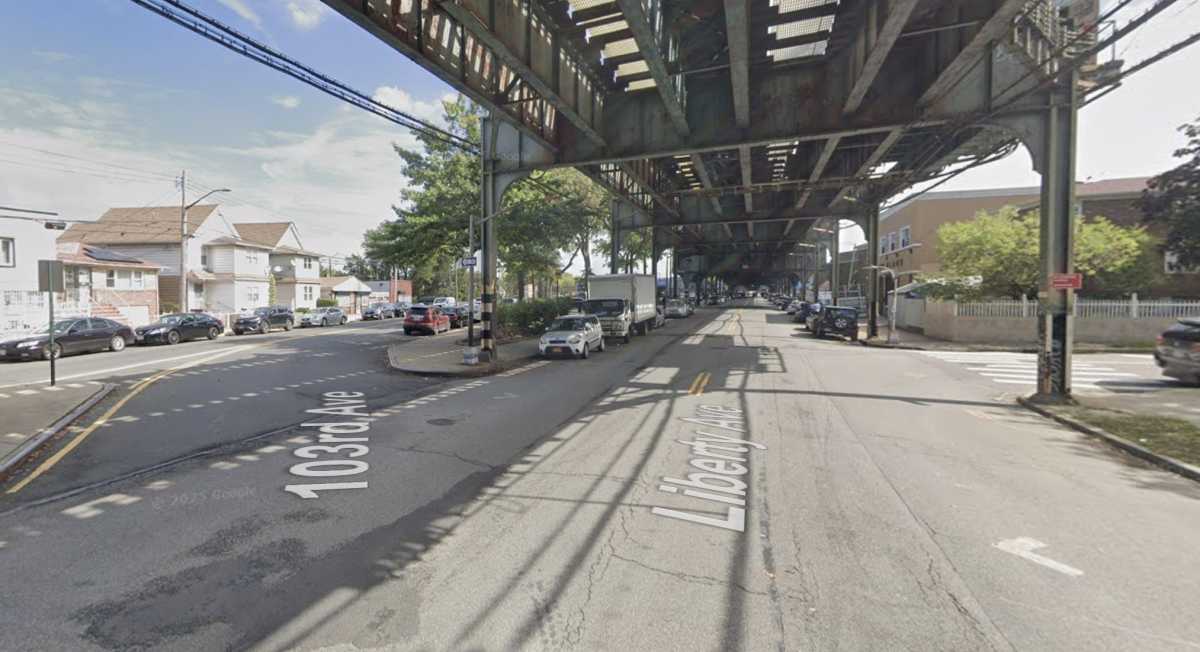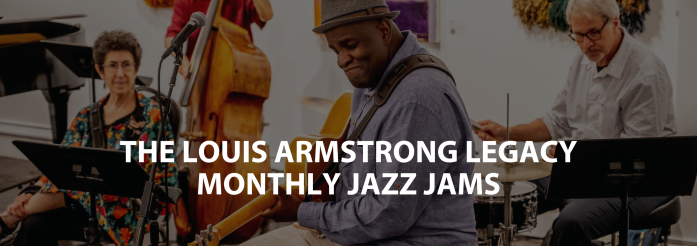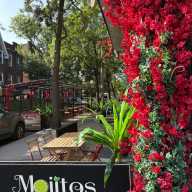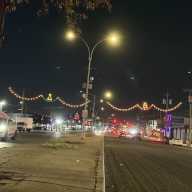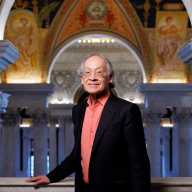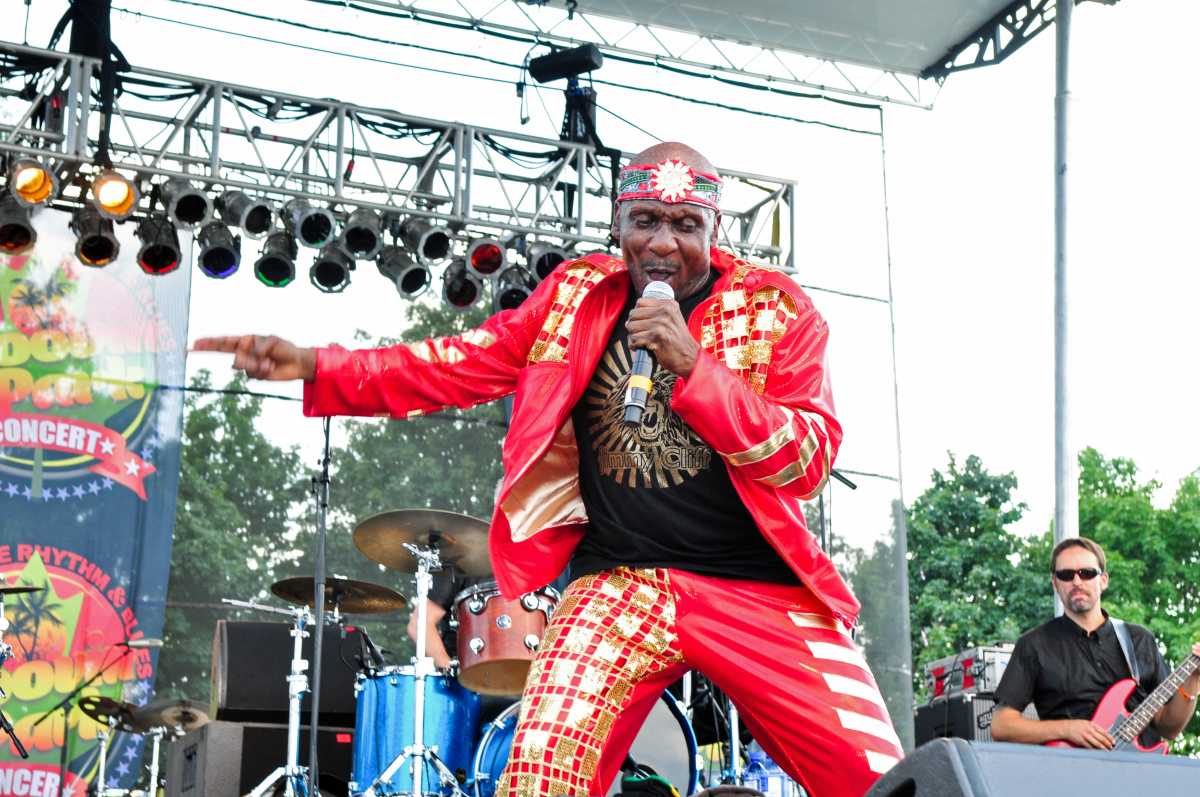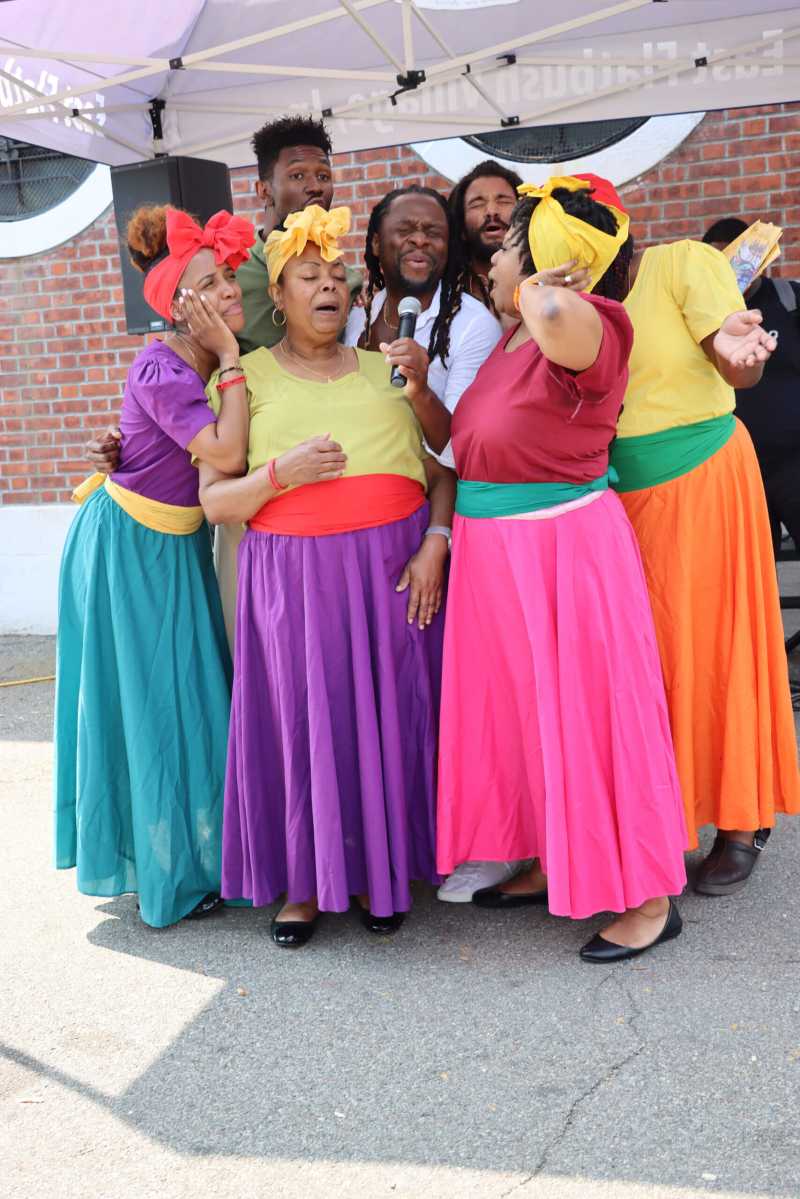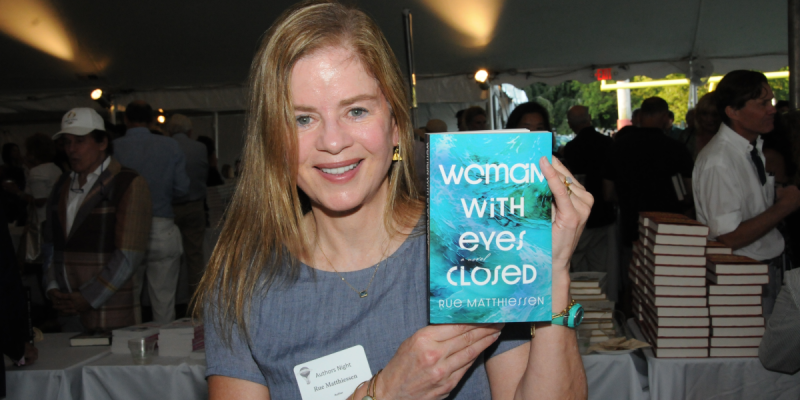Queens Borough President Donovan Richards formally announced his advisory recommendation for the Jamaica Neighborhood Plan during a press conference at Greater Nexus on Parsons Boulevard, on Monday, June 30.
He endorsed the plan with several modifications, following a public land use hearing hosted by his office on June 5.
Much of the borough president’s recommendation centered on addressing preexisting community issues, including supporting transit and streetscape investments, education infrastructure, and funding for existing community-based organizations.
The Jamaica Neighborhood Plan is the Department of City Planning’s (DCP) multipronged long-term rezoning plan for Jamaica. The plan, a vision for the next 15 years, aims to create more housing in the neighborhood, support job growth across various industries, improve public spaces, and invest in local infrastructure.
The plan is currently in its third phase, which includes an extensive public review process to develop recommendations that will be applied to the finalized plan.
Richards said that as someone who grew up in Jamaica and went to school in the area, it was an emotional experience to see how the rezoning initiative could positively impact the neighborhood. “ This is really a full circle movement for me to come back to the neighborhood that invested so much of its time and resources into me… It’s really a special moment as we talk about moving this community into the future,” he said.
He continued, saying downtown Jamaica has had massive growth historically, but community members often felt left behind. He pointed out that with housing becoming increasingly unaffordable for locals, more needed to be done to ensure that residents, especially younger ones entering the workforce, have a chance at affordable housing.
“This is going to be the largest mandatory inclusionary housing mapped area in New York City’s history, 300 blocks, which means that what developers have gotten away with, for a very long time in this community, which was building market rate, they are no longer able to get away with that,” Richards said.
The Jamaica Neighborhood plan would create 12,000 new homes, including 4,000 permanently affordable income-restricted units. Additionally, it would create over 2 million square feet of commercial space and bring more than 7,000 jobs to the area.
Some of the borough president’s recommendations included creating a Jamcia Working Group composed of elected officials and community stakeholders that would meet quarterly over the next five years to assess the project’s goals.
Richards also wants an investment in education—a $50 million education fund to support local schools. This would address the need for more school seats once the housing in the Jamaica Neighborhood Plan is constructed. “It’s not good enough just to build the new schools; we have to make sure that we’re equipping the current schools that have many needs in this neighborhood,” he said.
He is also pushing for other community-funding efforts, including the creation of a $5 million Community Benefits Fund to support area community-based organizations and nonprofits that work in and around the rezoning area, a $2 million Food Pantry Fund to support existing pantries, and a dedicated Local Infrastructure Fund to be managed by the NYC Department of Environmental Protection and the Jamaica Working Group.
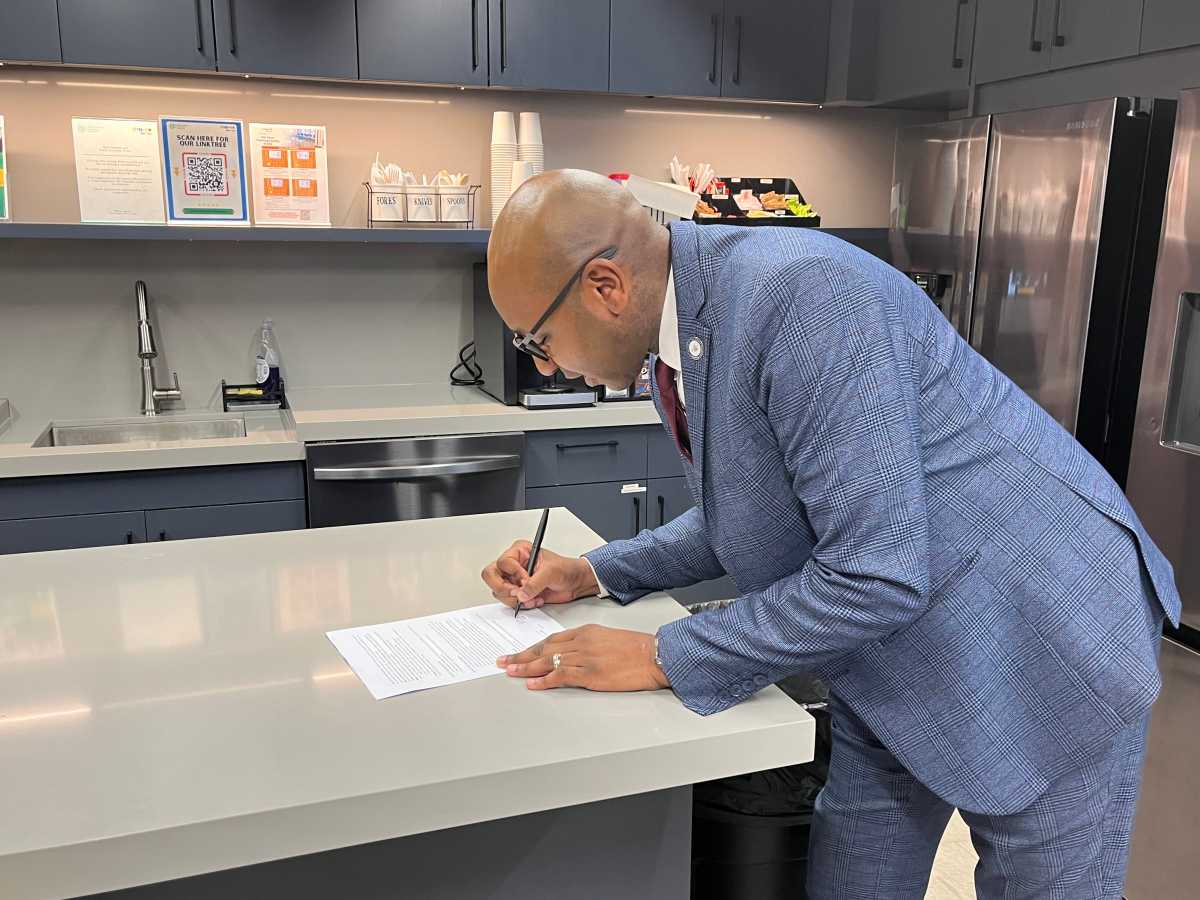
Regarding housing and healthcare, Richards wants an immediate prioritization of all capital needs at the NYCHA South Jamaica Houses, quarterly meetings between the NYC Department of Housing Preservation and Development and local faith-based organizations, leading to potential partnerships relating to the building of affordable housing.
Richards is also calling for the redevelopment of the NYC Department of Health and Mental Hygiene, located at 90-37 Parsons Boulevard, into a 100% affordable housing complex with a medical clinic on the ground floor, as well as the immediate prioritization of all capital needs at NYC Health + Hospitals’ Gotham Health South Queens clinic.
As for transit and streetscape investments, Richards is interested in renovating and redesigning the Parsons Boulevard F train station and Archer Avenue bus terminal.
He is calling for changing the Jamaica Avenue busway’s operating hours to Monday through Friday between 6 a.m. and 10 a.m. and 4 p.m. and 7 p.m., with no hours of operation on weekends. This push for modified bus lane operations comes as small business owners have faced a decreased customer base as residents from across Queens and the five boroughs are unable to find adequate parking in the area. “We are losing disposable income down here because people cannot drive down here and park down here. One of the things that this busway has done is shrunk our opportunities and shrunk our economy. We have small businesses that are largely impacted, we hear it from the BID, so we are calling for revisions,” he said.
Richard’s streetscape recommendations also include redesigning the medians along Merrick Boulevard between Hillside and Linden Boulevards and improving other major corridors, including the Sutphin Boulevard corridor between Liberty Avenue and 109th Street, Guy R. Brewer Boulevard between Archer Avenue and Linden Boulevard, and Hillside Avenue between Queens Boulevard and 193rd Street.
Regarding job opportunities associated with the Jamaica Neighborhood Plan, Richards wants a commitment to 30% local hiring for direct jobs created through the plan, to be filled by residents of Community Districts 8 and 12. This commitment would also include quarterly reports to the Borough President, local council members, and community boards that list each new hire’s zip code.

